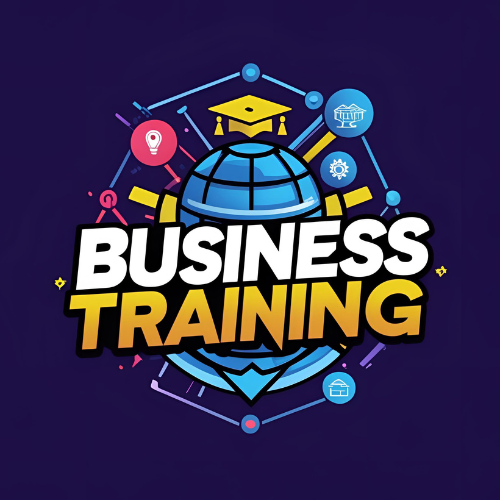One of the most critical decisions a new entrepreneur can make is selecting the right business model. Your model determines how you’ll generate revenue, serve your customers, and scale over time. There’s no one-size-fits-all solution — the best model depends on your goals, skills, and audience.
1. Understand What a Business Model Is
A business model outlines how your company creates, delivers, and captures value. It’s more than just “selling something.” It defines:
- Your value proposition
- Target audience
- Revenue streams
- Cost structure
- Delivery methods
2. Popular Business Models to Consider
Here’s a comparison of common business models used by startups and online entrepreneurs:
| Model Type | Description | Ideal For | Example |
|---|---|---|---|
| Freelance/Service | You offer a skill/service for a fee | Coaches, designers, consultants | Upwork profile |
| Subscription | Customers pay monthly/annually for access | Online courses, SaaS tools | Netflix |
| E-commerce | You sell physical/digital products online | Retailers, creators, resellers | Shopify store |
| Affiliate | You earn commissions by promoting products | Bloggers, influencers, marketers | Amazon links |
| Course/Membership | Educational content behind a paywall | Trainers, teachers, business mentors | Teachable |
3. Match Your Model to Your Strengths
Ask yourself:
- Do I want to trade time for money (freelance)?
- Do I want recurring revenue (subscriptions)?
- Can I create scalable content (courses, templates)?
- Do I want to avoid customer service (affiliate)?
Your answer will guide your path.
4. Think Long-Term
Short-term profit is tempting, but long-term growth matters more. Subscription and membership models often take longer to build but provide stability. Affiliate or e-commerce can grow quickly, but require constant traffic and promotion.
✅ Tip: Combine models where possible. For example, offer a free blog (content marketing) that promotes affiliate products and leads to a paid course.
5. Test Before You Scale
Don’t invest too heavily before testing. Launch a minimum viable offer (MVP), gather feedback, and adjust. Use analytics and customer input to shape your final structure.
Final Thoughts
Your business model is your foundation. Choose wisely, but don’t be afraid to adapt. Flexibility and a customer-first approach are keys to long-term success.
Contact us
We’re here to support your business journey.
© Copyright2025 sellgrid.space

